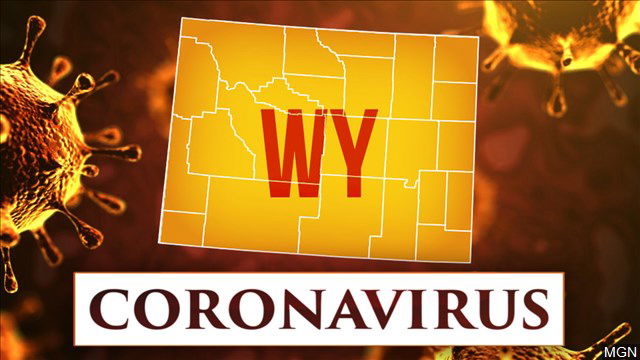Teton County, Wyo. moves back to high-risk level

JACKSON, Wyo. (KIFI/KIDK) – In response to a significant increase in COVID-19 cases, the Teton County Health Department is announcing Teton County, Wyo. is now back in Red or High-Risk Level.
The county is experiencing its largest increase in new cases to date with 158 new cases within the last two weeks (Oct. 21 - Nov. 3).
As of Wednesday, there were 104 known active cases, and there has been a total of 873 cases in the county.
60% of people who have tested positive in recent weeks have reported close contact with another known positive case.
Due to this, the Teton County Health Department is urging everyone to significantly limit close contact with people outside of their household.
Community spread of COVID-19 within the county is still a significant concern, with 37% of cases unable to identify where they may have been exposed.
“Based on the percentage of cases that have been identified as a close contacts of another known positive case, we are asking community members to evaluate how they are interacting with coworkers, friends and family who both live in Teton County and who are visiting," Teton District Health Officer Travis Riddell said. "If you are in a close, confined space with others, please wear a mask. When people feel comfortable letting down their guard on personal protective measures that’s when we begin to see more cases.”
As we move towards the winter, health officials are asking everyone to reduce contact with people outside of their households and to wear masks when in indoor confined spaces.
Contact tracing resources at the local Health Department have been expanded since the beginning of the summer but are facing significant strain with the number of new cases each day.
To decrease the spread of COVID-19 in Teton County, the Teton District Health Officer is urging the public to take all the precautions that are described below.
- Limit exposure to others outside of your household, school, and work.
- Work from home if possible. Phone and video chats are encouraged in place of inperson meetings. Within offices and businesses, stagger schedules and sanitize spaces and objects at least daily.
- Travel for essential purposes only and limit contact with others in public places. Selfmonitor symptoms for 14 days upon return. When traveling areas with a high number of COVID-19 cases should be avoided.
- Follow physical distancing measures:
a. Always maintain a 6-foot distance from other individuals when in public, even when wearing a mask.
b. Wear a cloth face covering in public when you cannot maintain 6-foot physical distancing.
c. Refrain from shaking hands with other individuals
d. Do not visit friends or family without urgent need.
e. Do not attend non-essential gatherings. - Follow strict hygiene standards including:
a. Wash hands with soap and water for at least 20 seconds as frequently as possible.
b. Use hand sanitizer (at least 60% alcohol based) when soap and water are not available.
c. Cover coughs or sneezes into the elbow or sleeve, not hands.
d. Regularly disinfect high-touch surfaces (buttons, door handles, counters, etc.)
e. Stay home when sick, even with mild symptoms. - Avoid physical interactions with high-risk individuals as much as possible.
- No non-essential visits to hospital, nursing homes and other residential care facilities.
- Do not participate in or arrange in-person playdates or similar activities. All symptomatic children should stay home.
- Reduce your trips to the grocery store and other errands. Only send one person per household.
- Contactless, curbside, delivery, takeout, and virtual services are strongly encouraged.
- Avoid crowded indoor spaces.
- Do not congregate at trail heads, parks, or other outdoor spaces.
- Continue to follow other State and County Health Orders, Recommendations and Guidelines.
You can read Recommendation #10 in its entirety and see the full list of current state and county public health orders and recommendations HERE.




